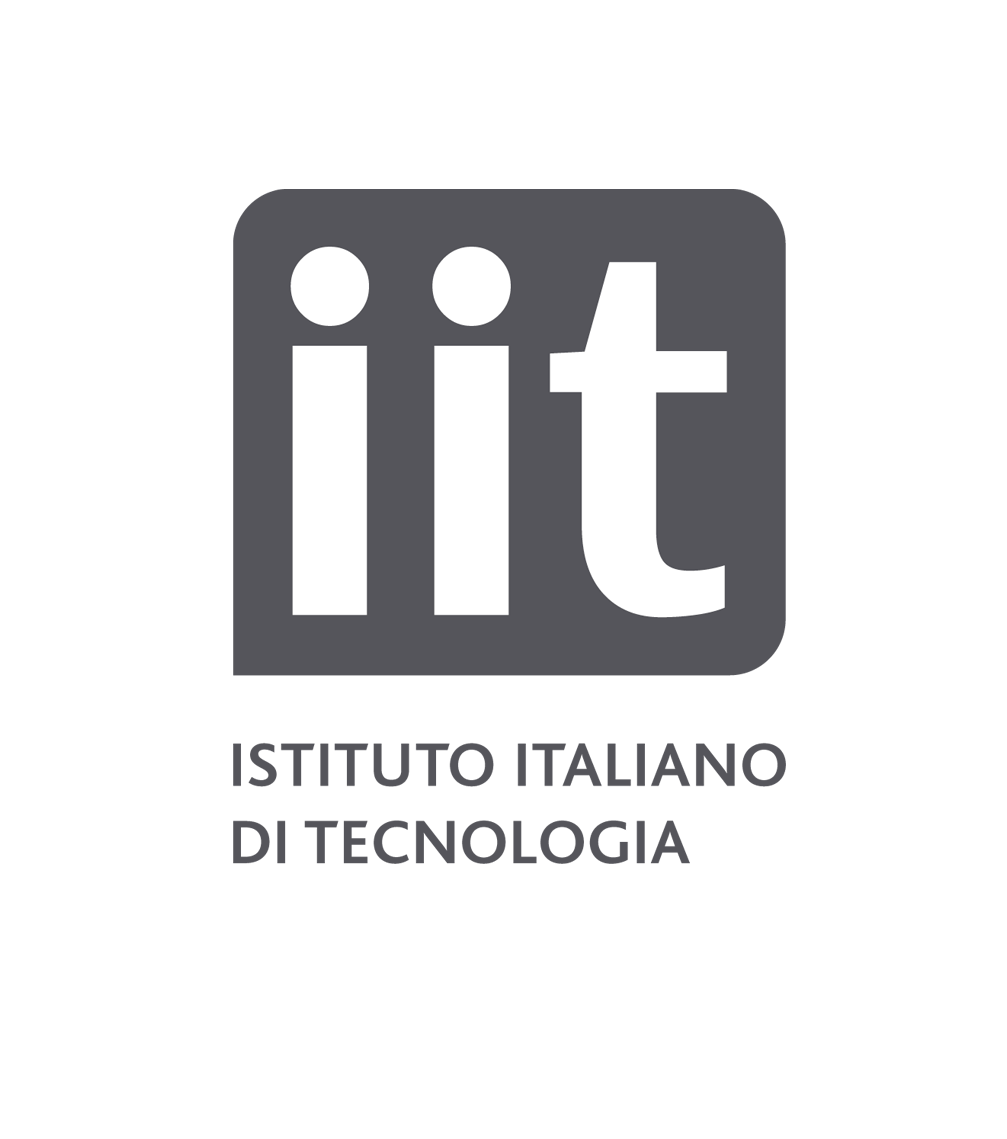Luca Berdondini was born in 1974, in Locarno, Switzerland. He is a Senior Researcher Tenured - Principal Investigator at the Fondazione Istituto Italiano di Tecnologia (IIT, Genova, Italy), leading the IIT-NetS3 laboratory (resarch line: Microtechnology for Neuroelectronics).
He received in 1999 a M.Sc. degree in microengineering from the Swiss Federal Institute of Technology of Lausanne (EPFL), with a Master Thesis at Caltech (USA) by Prof. J. Pine. After a short working experience in robotics at K-Team SA (Switzerland), he began his Ph.D. studies in the field of bio-electrochemical MEMs at the Sensors Actuators and Microsystems Laboratory (Samlab, EPFL, Switzerland) under the coordination of Prof. M. Koudelka-Hep and Prof. N.F. De Rooij. In 2003 he received his PhD with a thesis on nano-/micro-fabricated interfaces and CMOS devices for large-scale high-resolution electrophysiology (Samlab, EPFL, Switzerland), based on the concept of active-pixel-sensor arrays (APS-MEAs).
At IIT, his laboratory converges a multidisciplinary research effort where scientists in neuroscience, engineering, biophysics and computation work in synergy on the development and experimental use of neurotechnology instrumentation integrating novel generations of sensing and actuating neuro-devices realized with microelectronics, micro-/nano-structuring, novel materials and biotechnologies. His research line targets large-scale sensing, actuation and analysis of neuronal activity at multiple scales in large neuronal assemblies and brain circuits, for experimental research in neuroscience and for potential applications in clinical
neuroprosthetics, for neuro-pharmacological/toxicological screenings as well as for deriving brain-inspired artificial ICTs.
The laboratory research includes support by funding from the European Community, the US National Institutes of Health (NIH) and Italian Agencies as well as through collaborations with the industry.
Luca Berdondini is among the pioneers of CMOS-based multielectrode arrays for electrophysiology, co-founder of 3Brain GmbH (now 3Brain AG, Wädenswil, Switzerland) and of Corticale Srl (Genova, Italy).
